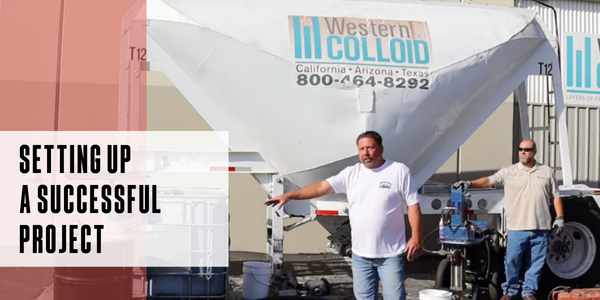When Shingles Fly

By RIDGEPRO.
Safety considerations for windy days.
Weather forecasting has steadily improved with satellites monitoring vast storm systems as they move around the globe. Hurricanes and blizzards no long mount surprise attacks. Roofing contractors know they are approaching and adjust schedules to meet their intensity. However, local short term weather forecasting a week or so in advance can be a bit more challenging, particularly around the change of seasons. For roofing contractors, the pressure to stay on schedule can sometimes lead to risky choices.
A rooftop tale
Three days ago, the forecast called for a sunny, calm day. Great news. Materials were delivered on that large steep-slope roof house you’ve had on the schedule for weeks. It’s a high-value job and the owner is very picky. He questioned you about potential damage to his shrubs and his golf course quality lawn. Placement of the shingle bundles was a negotiation worthy of the United Nations. Start day has arrived and now the wind is blowing straight along the roof line at about 20 mph with many higher gusts.
Do you go ahead with the job? If you cancel, it will throw off your entire schedule for the month and you are looking forward to the final payment to keep cash flow at target levels. Further, you’ll have to endure a harangue from the homeowner. He’ll say he thought he hired experienced professionals and instead, he got a truckload of wimps afraid of a little breeze.
How windy is too windy?
Many construction and roofing companies draw the line at sustained winds of 23 mph or gusts of 35 mph. Some roofers, when speaking candidly in chat rooms, say they will work until 30 mph sustained winds occur. Did you know that every time wind speed doubles, wind pressure increases four-fold? Also, winds are often higher at height than on the ground and even rooftop height can make a palpable difference. Don’t forget to take into consideration possible wind direction and speed changes due to surrounding buildings, trees, and terrain.
Handling bulky objects including sheets of plywood, rolls of sheathing, and solar panels increases the surface area for winds to push on, multiplying the wind pressure effect. Even tools can slide on a pitched roof when the wind is strong enough.
Back to our story
Your job supervisor is onsite early to do a risk assessment. The homeowner is already out there reminding the crew that his wife has a “big birthday” this weekend and family is coming from all over for the celebration. He wants everything done and all materials and trash off the property by Friday well before sunset. Is this the time to remind him your contract gives you the right to postpone if conditions are unsafe? The supervisor cautiously recommends that the job proceed. Meanwhile, the crew has begun setting up ladders and staging tools.
Tear-off begins and goes smoothly until the crew lifts some corroded metal valley flashing. A sudden gust yanks a yard-long piece of flashing from the worker’s hands and sends it sailing across the roof and into a dormer window. The glass holds but there’s a huge tear in the screen. That was just the beginning of the “war with the wind” as the crew struggles to unroll underlayment and fasten it into place. Thankfully, all members are wearing fall protection and fall arrest gear. They are realizing that even light gusts can affect balance especially when they are carrying materials. The plywood sheets act like a sail in the wind as they’re moved off the scissor-lift onto the roof.
As the day grinds on, torn off shingles fly and the homeowner’s precious shrubs take a beating even though you covered them with tarps. One singularly nasty gust sends a nail gun sliding from the roof peak. Fortunately it got caught on a ladder and did not impact the picture window beneath.
Lessons for next time
You’ve kept in touch with the crew and the day ends without further mishaps. You probably have sprouted a few gray hairs but learned some important lessons. Mother Nature can show tough love when she needs to. Just because it looks safe doesn’t mean it actually is. You need more evidence before making the decision to start a job.
Whether you’re a small contracting company or a large enterprise with many crews, set standards and policies. Make sure that supervisors and crews are not afraid to implement them, even if the decision is unpopular with your customer. Creating a safe environment starts at the top by instituting a culture of safety and backing up your words with proper equipment and training.
This season, we hope all your breezes are gentle and your projects on time.
Learn more about RIDGEPRO in their directory or visit www.theridgepro.com.

















-2025-xtv-mls-tour-2.png)





Comments
Leave a Reply
Have an account? Login to leave a comment!
Sign In